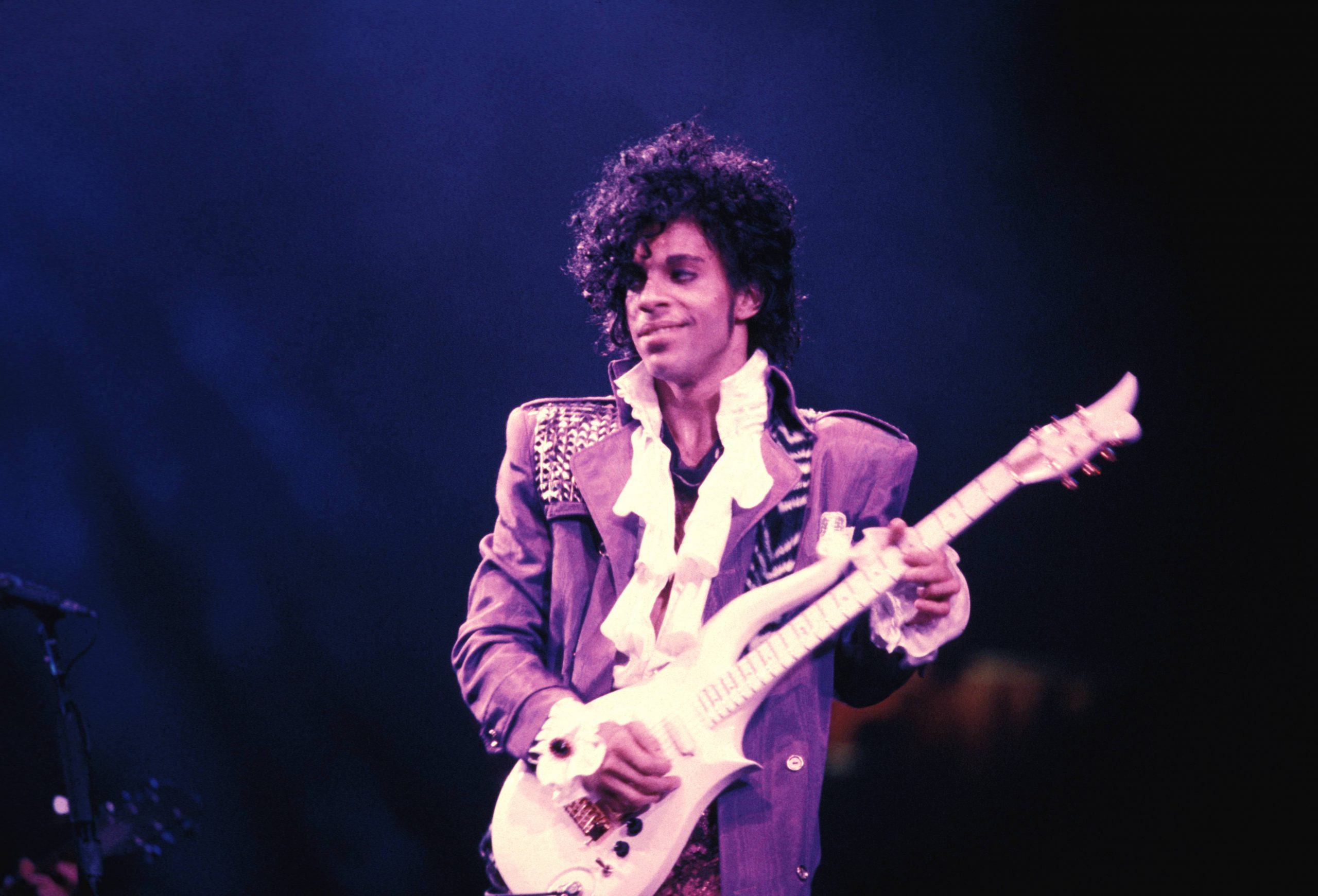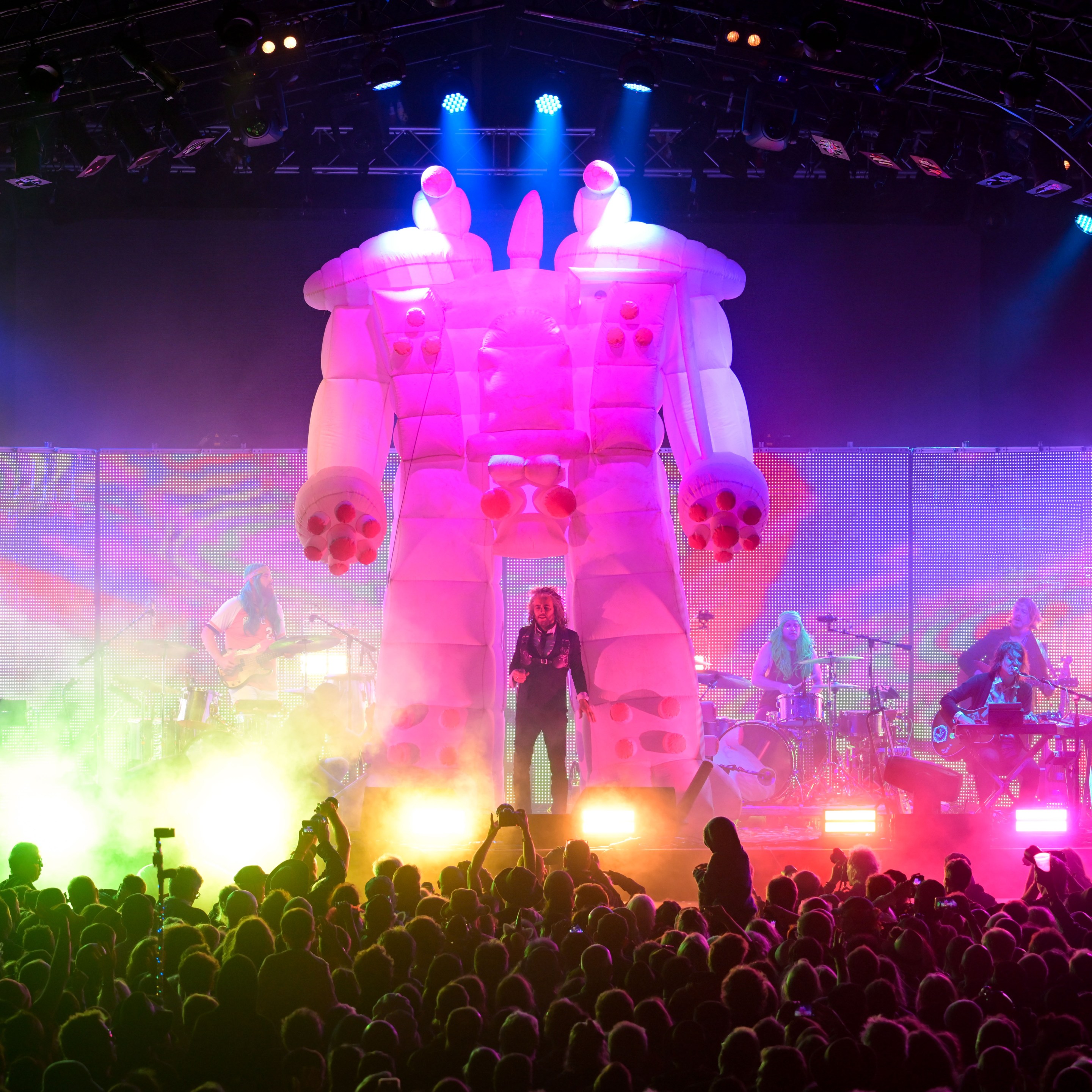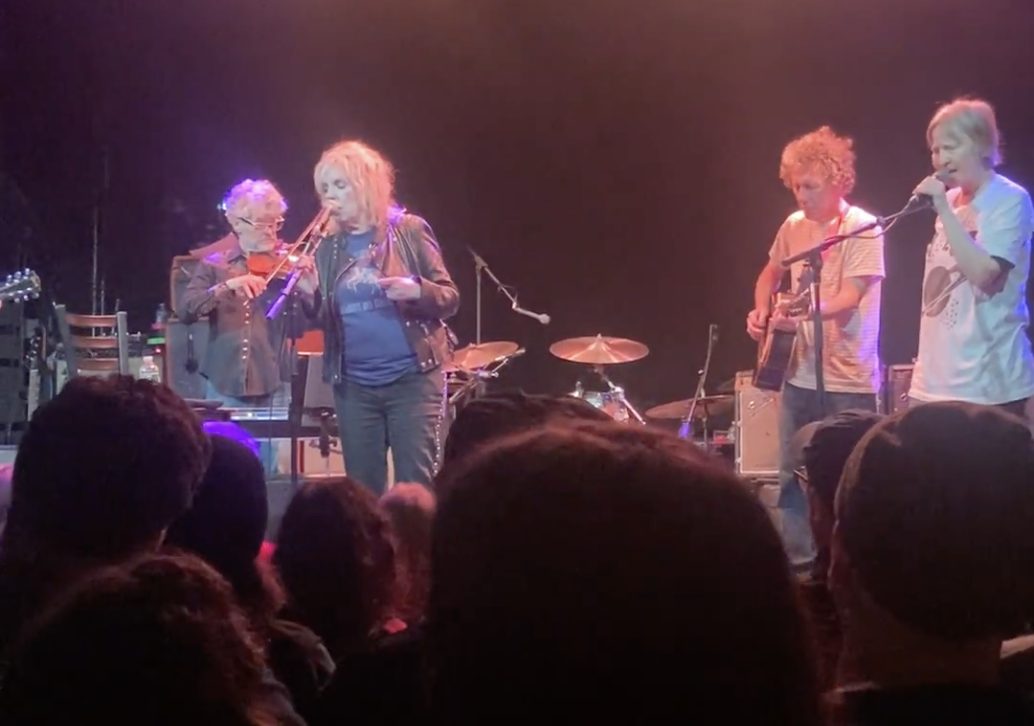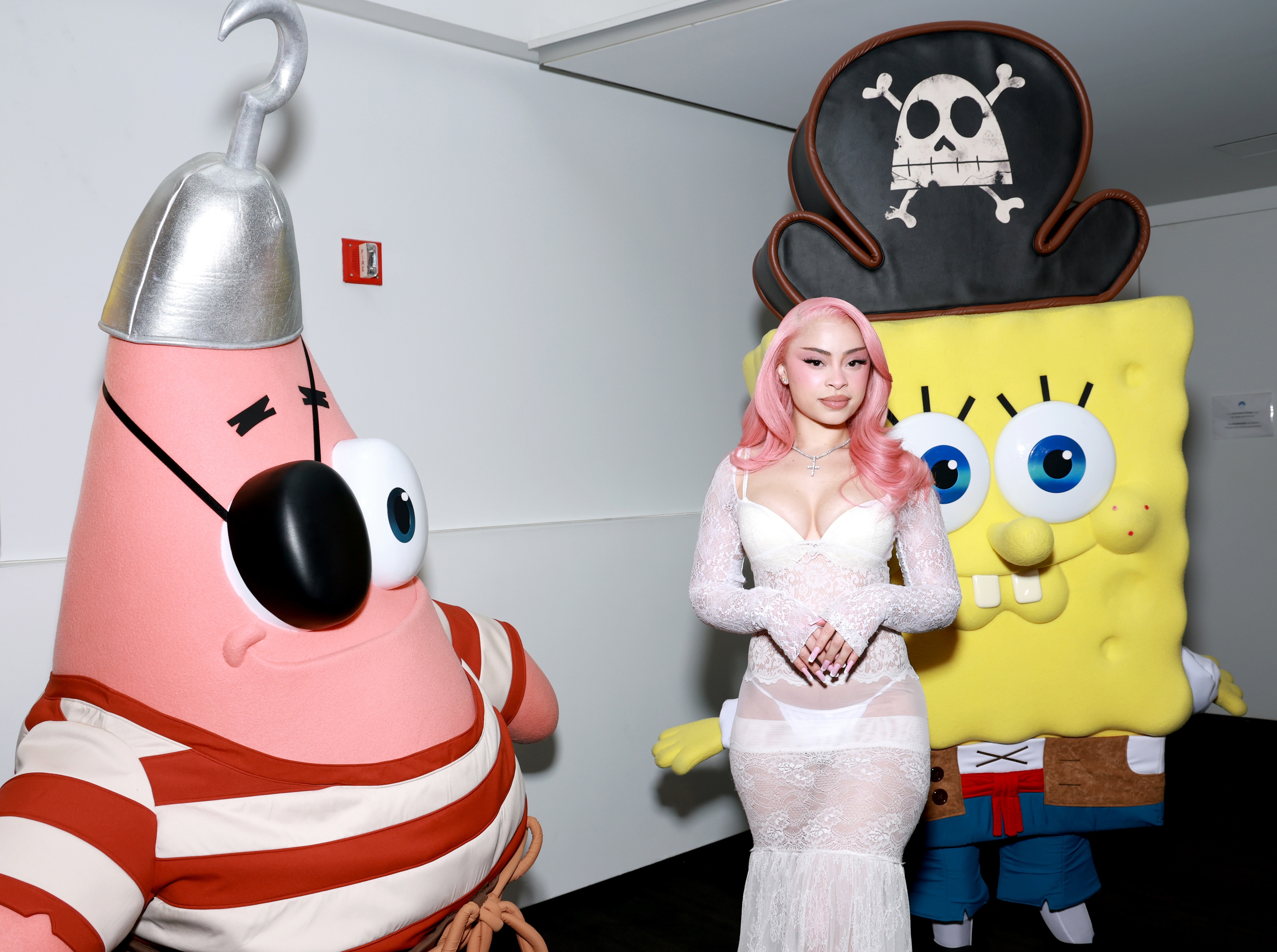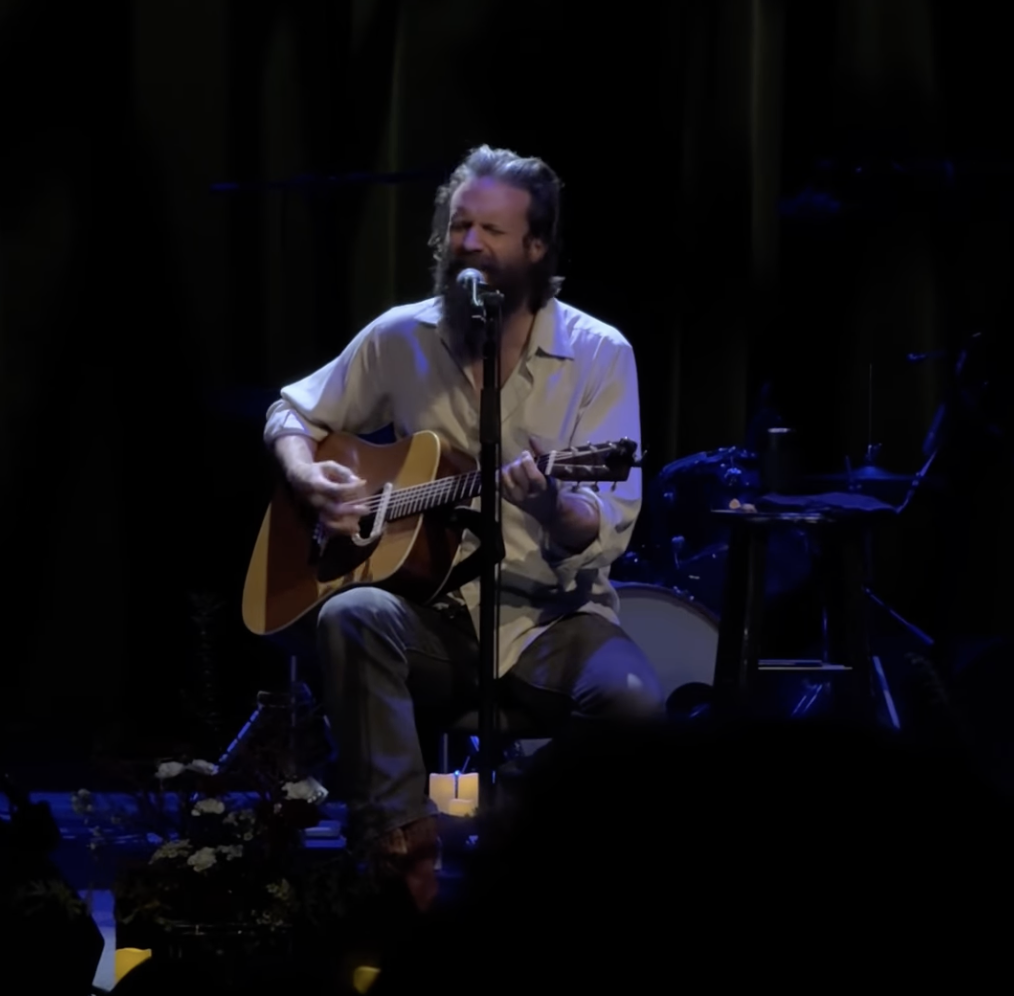Prince has died. TMZ reports that the person who died at Paisley Park, Prince's Minnesota studio and estate, was Prince himself. According to a statement from the Carver County Sheriff's office, he was found unconscious in an elevator and pronounced dead at 10:07AM local time. He was 57.
The loss here is immeasurable. Prince was unspeakably talented at just about every aspect of music. As a singer, a producer, a songwriter, a guitarist, a dancer, or a stage presence, he had few peers. He could do all of these things better than virtually anyone else. He turned funk, R&B, new wave, and stadium rock into one unstoppable hybrid beast. Throughout the late '70s, the '80s, and the early '90s, he released classic after classic. He changed people's ideas about fashion, about gender roles, about racial divisions, and about what a pop auteur could do. And if you look at the major musical forces who have emerged in the past quarter-century, at least half of them would sound completely different without Prince's influence.
Prince Rogers Nelson was born in Minnesota, the son of a pianist and a jazz singer. He was a musical prodigy, writing his first songs at age seven. As a teenager, he formed a funk cover band called Grand Central, which featured his future collaborator Morris Day on drums. They moved on to originals soon enough. In 1976, an 18-year-old Prince recorded a demo tape that got him signed to Warner Bros.; the label granted him full creative control and ownership of his masters for three albums. His debut For You came out in 1978, and he scored a minor hit with the sex jam "Soft And Wet."
In 1979, Prince put together his band, which would come to be known as the Revolution. With them, he recorded his 1979 self-titled album and scored his first real major hit with "I Wanna Be Your Lover." Then, in 1980, he followed it up with Dirty Mind, his real artistic breakthrough. Dirty Mind is an album of sexually slippery new-wave funk that sounded like nothing else, before or since. A year later, he released the terse and minimal Controversy, a spare and pulsating LP that might've been even more challenging than Dirty Mind. The idea that Prince could become a rising pop star and a critical favorite while releasing music this stark and intense, at a rate of an album per year -- I mean, it's just astonishing.
The 1982 album 1999 launched Prince toward full-on crossover stardom. He became an MTV darling with the magnetic clips for "1999" and "Little Red Corvette," which would set the stage for what might've been his masterpiece. In 1984, Prince starred in the deeply watchable movie Purple Rain, which grossed $80 million. His soundtrack album for the movie is just an end-to-end banger; every song on it is a solid-gold pop classic. It sold 13 million copies and spent a solid half-year atop Billboard's album chart. And when Tipper Gore heard her daughter listening to its song "Darling Nikki," she founded the Parents' Music Resource Center, the organization that pressured labels to put parental advisory labels on albums.
Prince followed Purple Rain with 1985's Around The World In A Day, an album of psychedelic, Beatlesque songs, and even that had massive, era-defining hits like "Raspberry Beret" and "Pop Life." A year later, he directed and starred in his second movie, Under The Cherry Moon. It was widely perceived as a bomb, but its soundtrack still gave us "Kiss." And throughout this whole period, Prince was regularly shepherding protégés -- people like Morris Day & The Time and Sheila E -- to stardom. And the songs he wrote or co-wrote for other artists would often turn out to be massive hits and certified classics: Sinead O'Connor's "Nothing Compares 2 U," Chaka Khan's "I Feel For U," Stevie Nicks' "Stand Back," Sheena Easton's "Sugar Walls," the Bangles' "Manic Monday," Martika's "Love... Thy Will Be Done," Tevin Campbell's "Round And Round."
In 1987, Prince broke up the Revolution and released Sign O' The Times, an expansive polyglot masterpiece of a double album. It's almost meaningless to talk about which album is Prince's masterpiece, since he had, like, five of them. Still, even in a catalog like his, Sign O' The Times stands out. The album veered aesthetically all over the map, and even songs like "Starfish And Coffee" or "The Cross" -- songs that were never released as singles, that seemed to be far-removed from Prince's comfort zone -- hold up as absolute timeless gems.
Sign O' The Times represented a slight commercial decline for Prince, which is to say that it only sold about three million copies. And from there, Prince became a bit more of a cult artist, albeit one who was still regularly making hits and packing arenas. He went for squelchy positivity with 1988's Lovesexy, made a third movie with Graffiti Bridge, and did the soundtrack for Tim Burton's first Batman movie. In the early '90s, he put together a new band called the New Power Generation and changed his name to an unpronounceable glyph after a dispute with Warner Bros. His public profile became reclusive and unpredictable. But even then, he was making hits like "Seven" and "Diamonds & Pearls."
Once he broke free of his WB contract, Prince self-released the 1996 triple-album Emancipation and followed it with the 1998 five-CD collection Crystal Ball, which fans had to order online. (Later Prince famously fought to keep his music off the internet.) Through the late '90s and early '00s, he'd sign single-album deals with major labels. He toured whenever he felt like it, and his tours made tons of money. He played the greatest Super Bowl halftime show of all time in 2007. He opened his own Las Vegas nightclub. He headlined Coachella as a last-minute lineup addition in 2008. He returned to Warner Bros. in 2013, and his last few albums have all been exclusives for Jay Z's streaming service Tidal, a final perverse choice in a career full of them.
Prince played his final show last Thursday in Atlanta. A day later, he was hospitalized after his plane made an emergency landing in Moline, Illinois.
Revisit some classic Prince videos below.
[videoembed size="full_width" alignment="center"]
[/videoembed]
[videoembed size="full_width" alignment="center"]
[/videoembed]
[videoembed size="full_width" alignment="center"]
[/videoembed]
[videoembed size="full_width" alignment="center"]
[/videoembed]
[videoembed size="full_width" alignment="center"][/videoembed]
